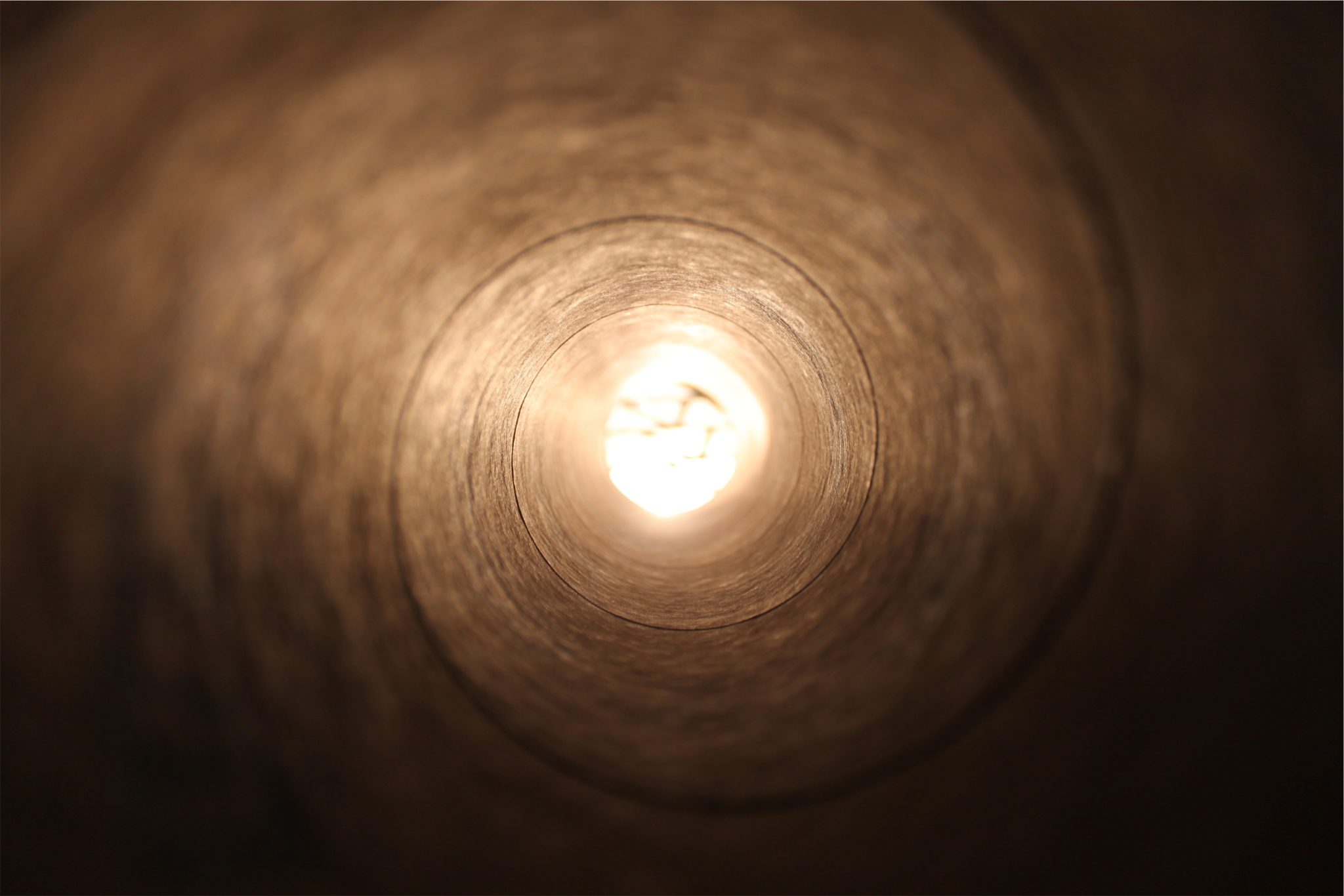The Torah relates that “Pharaoh’s daughter … saw the basket among the rushes; and she dispatched her maid (ammatah) and took it.”[14]
Another interpretation of this verse renders the Hebrew word ammatah as “her arm” rather than “her maid.” Accordingly, the verse reads, “…she dispatched her arm and took it.” What does it mean that Pharaoh’s daughter “dispatched her arm”? Our sages explain that the basket holding the infant Moses lay far beyond her reach. Nevertheless, she extended her hand toward it. A miracle occurred and “her arm was extended for many arm-lengths,” enabling her to take the child and save him from her father’s decree.[15]
There is a profound lesson here for each and every one of us. Often, we are confronted with a situation that is beyond our capacity to rectify. Someone or something is crying out for our help, but there is nothing we can do: by all natural criteria, the matter is simply beyond our reach. So we resign ourselves to inactivity, reasoning that the little we can do won’t change matters anyway.
But Pharaoh’s daughter heard a child’s cry and extended her arm. An unbridgeable distance lay between her and the basket containing the weeping infant, making her action seem utterly pointless. But because she did the maximum of which she was capable, because her hand did not hang idle while a fellow human being needed her help, she achieved the impossible. Because she extended her arm, G-d extended its reach, enabling her to save a life and raise the greatest human being ever to walk the face of the earth.
The Cosmic Editor
What is the difference between a good piece of writing and a poorly-written one? What, for that matter, is the difference between a book that brings joy and enlightenment to its readers and a work that espouses prejudice and hate? Both are comprised of the very same letters and punctuation marks. It is only their configuration that is different.
The same characters that, lined up one way, make a work of art, are a boorish scribble when arranged differently. The same words might form a celebration of goodness or a diatribe of utter virulence, depending on the sequence in which they are placed.
With this analogy, the Kabbalah explains the mystery of evil. If everything comes from G-d, and G-d is the essence of good, where does evil come from? But evil is a nonentity, explain the Kabbalists, devoid of any reality or substance. What we know as “evil” is merely a corruption of good—the same letters differently configured.
This explains how we have the power to “transform darkness into light and bitterness into sweetness.”[16] When confronted with the enormity of evil in our world, we should remember that evil is not itself evil—it is goodness in the form of evil. We need not vanquish the darkness and generate light in its place; we need not eradicate the bitterness and manufacture the sweetness to replace it; we need only rearrange the letters. All the world needs is a good editing.
The Age of Electronic Writing
For thousands of years, the writer who did not “get it right” the first time had to start all over again.
Whether engraving in clay or stone, inscribing on papyrus or parchment, or banging away at a typewriter, the writer’s first efforts usually ended up being discarded. He or she could erase, apply white-out fluid, cross out words and insert others between the lines or in the margins—up to a point. In the end, a fresh, new sheet would invariably be rolled into the typewriter for a “clean” (and hopefully) final copy.
Then came the computer and, with it, the word processor. Now the writer could juggle words, move sentences from one page to another, salvage lines from failed paragraphs and save them for use in another context. Across the globe, the sound of balled-up pages being thrown into the wastebasket began to die out.
Rabbi Israel Baal Shem Tov, the founder of Chassidism, taught that, “Everything that a person sees or hears should teach him a lesson in his service of the Almighty.” Everything—whether it is a natural phenomenon, a quirk of human nature, a technological development or a news story—can tell us something about our life’s purpose. Because the world in which we live—our own everyday, mundane world—is a mirror of the spiritual cosmos.
We know that history is a process—a process by which the whole of creation advances toward the fulfillment of its function as a home for G-d. The climax of history is the era of Moshiach—a time when all ignorance, animosity, suffering and want will be eliminated from the face of the earth. A time when the letters of creation will be perfectly configured, so that the very forces that formerly spelled “evil” will now be channeled as forces for good.
The evolution of writing reflects our world’s progression toward this ideal. In earlier generations, the task of “editing” the forces of creation was beset with false starts, abandoned efforts and wasted resources.[17] But today we live in the age of electronic writing; today, the task of aligning the letters of our lives in their proper configuration is more accessible and more “user friendly” than it has ever been.
Based on an address by the Rebbe, Tammuz 28, 5713 (July 11, 1953)[18].
Adapted from the teachings of the Lubavitcher Rebbe by Yanki Tauber.
__________________________________________________
[14]. Exodus 2:5.
[15]. Talmud, Sotah 12b, cited by Rashi on verse.
[16]. Introduction to Zohar, 4a.
[17]. Ultimately, of course, there is no “waste” in G-d’s world. Everything has a purpose, and every expenditure of human potential—even the most misguided and erroneous—contributes to the realization of the divine plan. However, Chassidic teaching distinguishes between two types of negative phenomena: a) negative things or states that can be rectified and transformed into good; b) negative things and states “whose destruction is their rectification.” The latter category are things that exist only in order to serve as challenges to us, so that they fulfill their purpose by being overcome and destroyed.
Thus, a negative experience is “utilized” when we uncover the strength within ourselves to put it behind us and make a fresh start; the time and effort expended might have been a “waste” in the literal sense, but, in truth, they have contributed to our development. However, there also exists a higher level of utilization, exemplified by the “word processor” model—when the ”false start” itself is transfigured into the final product.
[18]. Editor’s note: The talk on which this article is based was delivered by the Rebbe in the summer of 1953. In that talk, the Rebbe used the analogy of the advancement of printing technology from the linotype method—in which an entire line or page of type had to be discarded if a mistake was made—to more advanced typesetting machines—in which type could be rearranged more freely—to illustrated his concept of a more readily “editable” world. In this article, we have employed the model of a more recent technological advance in the publishing field to illustrate the same point.







